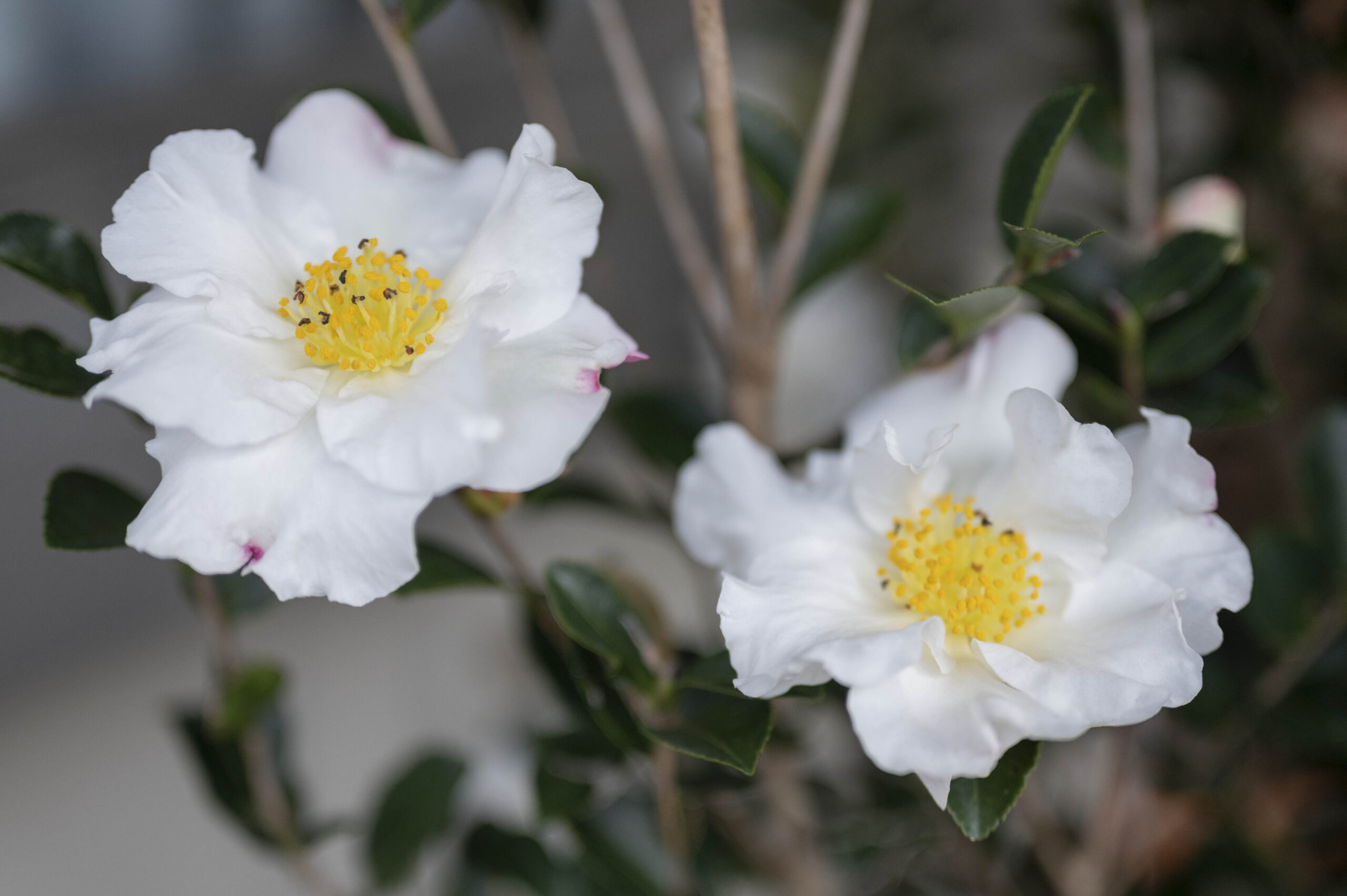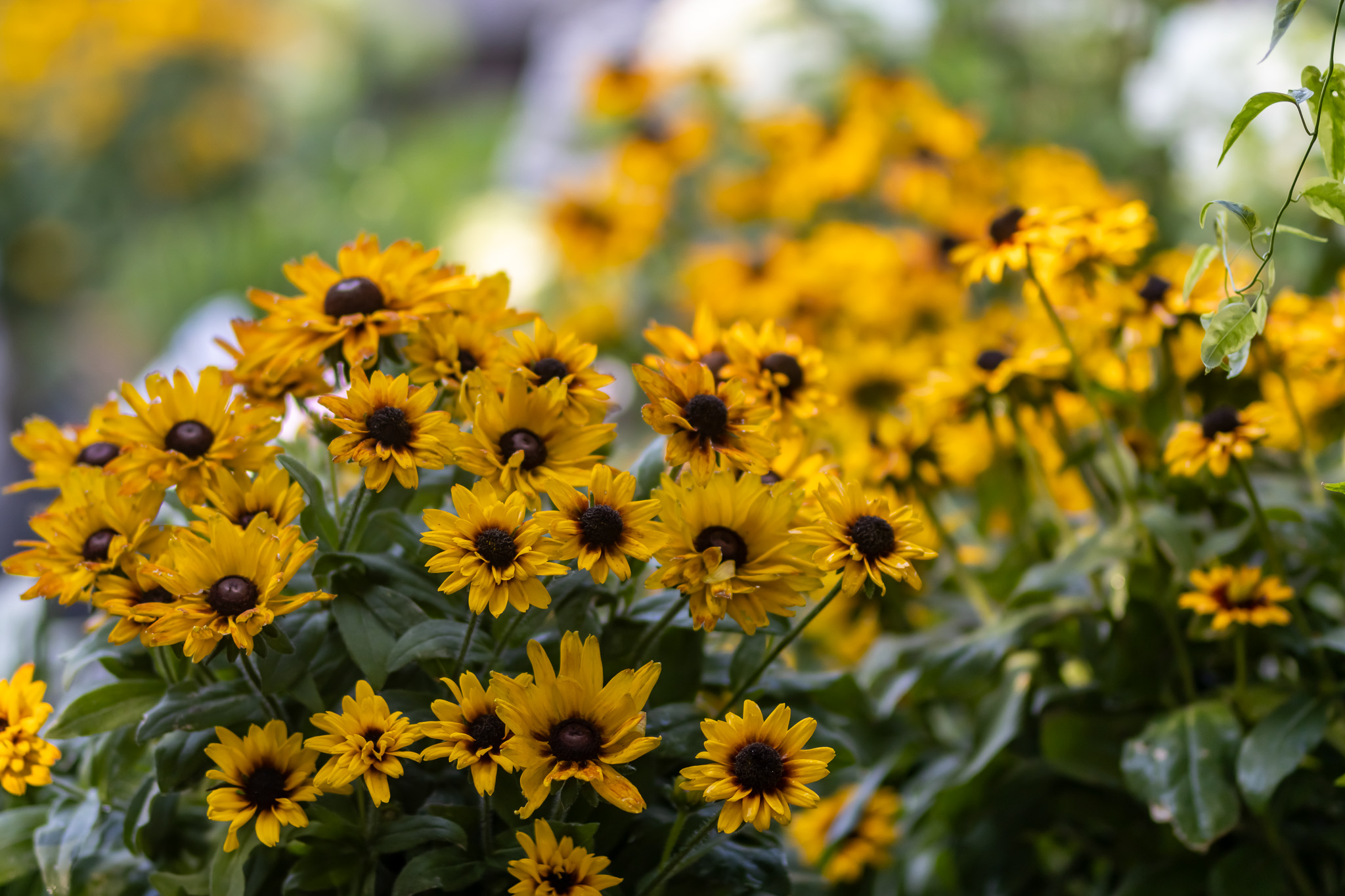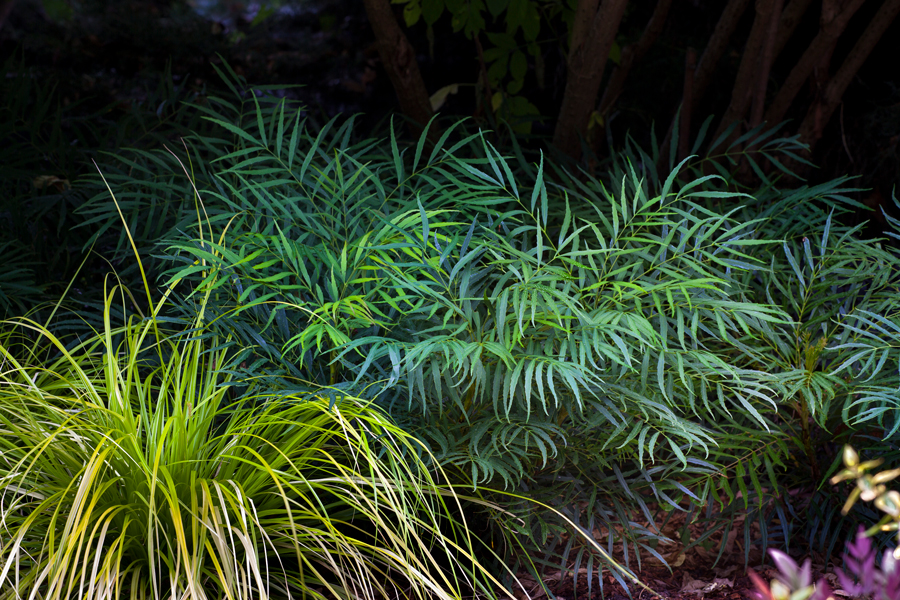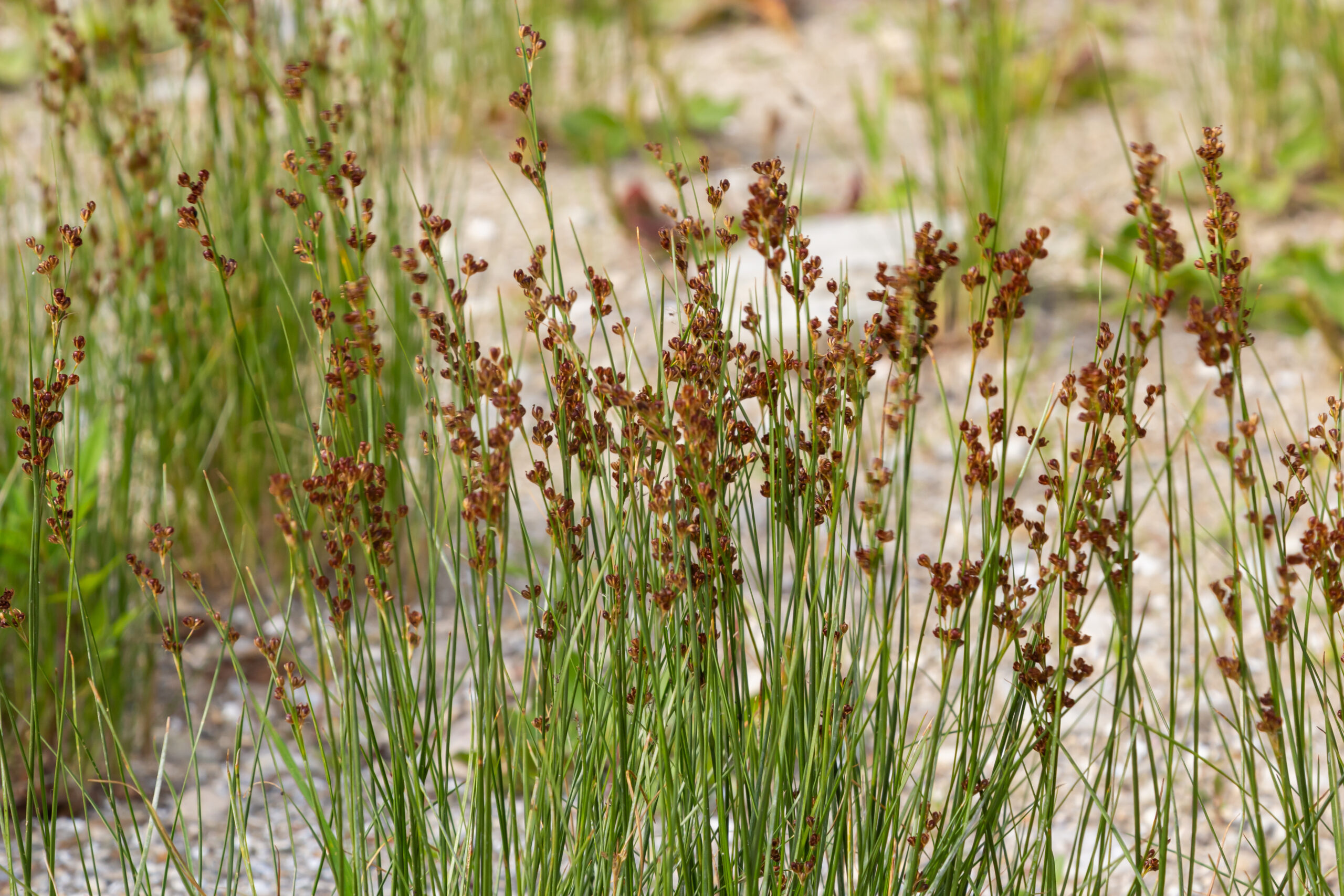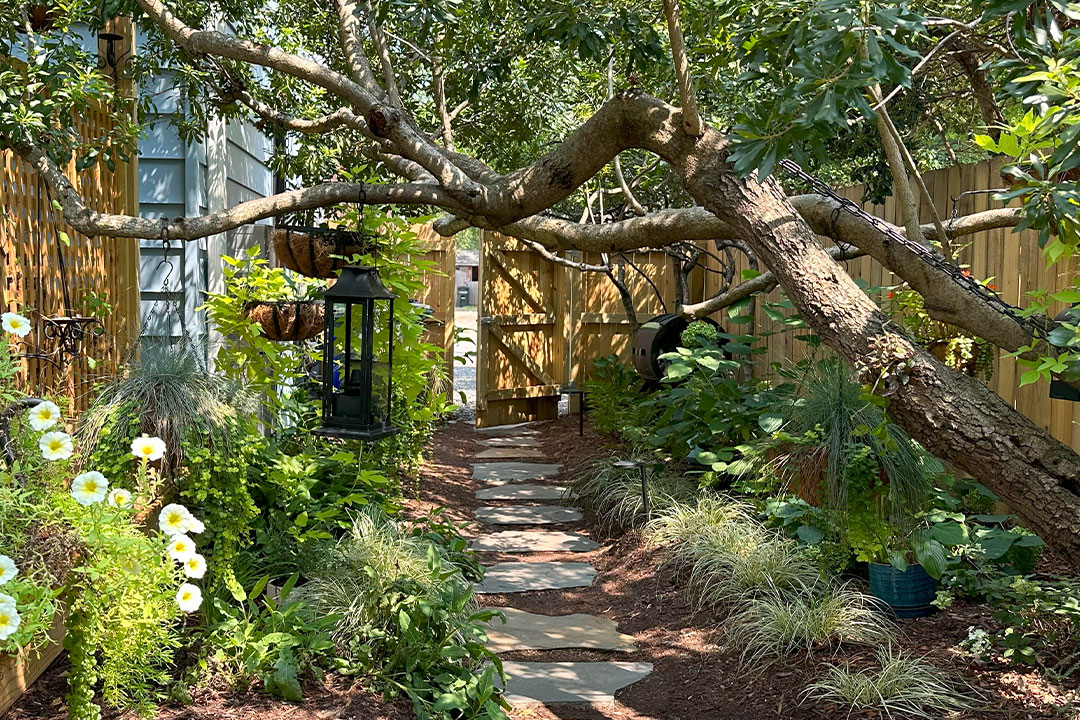If you are an eastern Virginian native, you know that Virginia Beach and the broader Hampton Roads area have a unique coastal climate with hot, humid summers and mild winters. Sustainable landscaping in this area means choosing smart strategies that reduce both water usage and utility bills, while keeping your yard lush and beautiful year-round.
It Starts from the Ground Up
- Soil: Many yards either have sandy to loamy soil with fast drainage, or clay soils which tend to hold water. If you are closer to the beach, you’re more likely to have sandy soil, which is great for plants that dislike soggy roots but also means rain and irrigation can simply run off. Clay soils can be a bit tricker as they can become compacted and drain poorly.
- Climate: Summers often reach the 80s–90s°F+ with frequent thunderstorms; winters are mild, usually staying above freezing. Rain varies by season—wet in summer and early fall, drier in late spring and winter.
Why it matters: Understanding what you have can tell you how and when to water, it also helps you avoid overwatering, as well as guides plant selection.
Choose the Right Plants
Natives, as well as other drought-tolerant plants require less supplemental watering once established and often resist pests and diseases better. Working with a qualified landscape designer can help select great plants for your unique home environment, marrying your personal style with the site conditions.
Tips for success: Group plants by the amount of water they need (hydrozoning); use drip irrigation and mulch to reduce evaporation and runoff.

Prep & Improve Soil
- Amend with organic matter: Compost boosts sandy soils’ ability to hold moisture and also give your plants adequate nutrients to thrive.
- Improve Drainage: If your soil has more clay than sand, add perlite to improve the drainage and avoid ‘wet feet’ on your plants.
- Add Mulch: Spread 2-4 inches of organic mulch like shredded hardwood, cypress mulch, etc. over garden beds. Mulch works to suppress weeds, moderates temperature, and conserves water by holding moisture in at the roots of plantings.

Water Efficiently
- Watering Tools: Drip systems and soaker hoses deliver water straight to the roots. This means water isn’t lost evaporating into the air or sprayed over sidewalks and fences.
Timing: Water early in the morning before 10 a.m. to avoid midday heat and quick evaporation. - Timers: Opt for controllers with local weather integration or soil-moisture sensing to avoid overwatering.
- Harvest Rainwater: Install rain barrels or cisterns to collect roof runoff, storing it for times of need. This is a great way to cut your watering bills!
- Smart Irrigation: Use rain gauges and soil moisture meters to water only when necessary and avoid routine, scheduled watering in favor of letting the soil tell you when it’s dry and the plants need a drink.
Stormwater & Erosion Control
Coastal yards in Hampton Roads face heavy rainfall and possible erosion. Sustainable landscaping can help:
- Build Rain Gardens: A planted depression that captures runoff from downspouts, helping water soak in slowly and reducing runoff.
- Use Hardscapes: Permeable pavers and gravel walkways allow rainwater to seep into the ground, rather than run off and erode soils.
- Stabilize Slopes Naturally: Use deep-rooted natives like switchgrass or even groundcovers like shore juniper on sloped areas to hold soil and filter water.

Why it Matters
- Economic sense: Sustainable yards often cost less to maintain long-term, deliver better curb appeal, and may increase property values.
- Community impact: When more yards reduce runoff and embrace native biodiversity, it helps all of Hampton Roads, making our shared coastal environment more resilient to climate change, storms, and water shortages.
Sustainable landscaping in Virginia Beach and Hampton Roads isn’t just the right environmental choice, it can be cost effective too. By selecting native plants or drought-tolerant plants, improving your soil, using smart irrigation techniques, and harvesting rainwater when possible, you can:
- Cut your water bill
- Boost your garden’s health and appearance
- Help protect your local ecosystem
Start small! Maybe one rain garden, a barrel or two, and some mulch. As you see the savings and beauty unfold, you’ll find that sustainable landscaping is both easy and rewarding. Over time, these steps compound into a greener and more economical yard that’s poised to thrive for decades.
Don’t forget, our design staff are fully equipped to create customized design plans tailored to your specific property and can help bridge the ideas of sustainability into a reality for your home. Check us out, and get an appointment today!
Love what you read? You’ll love what you see.
Check us out on our YouTube Channel for design tours, behind the scenes and more. @mcdonaldlandscapes






